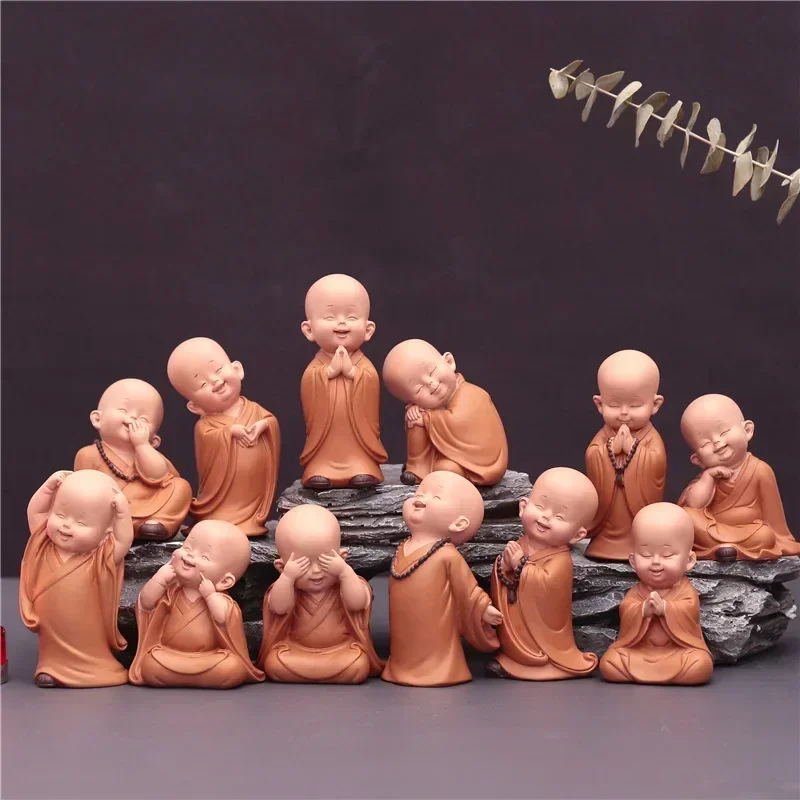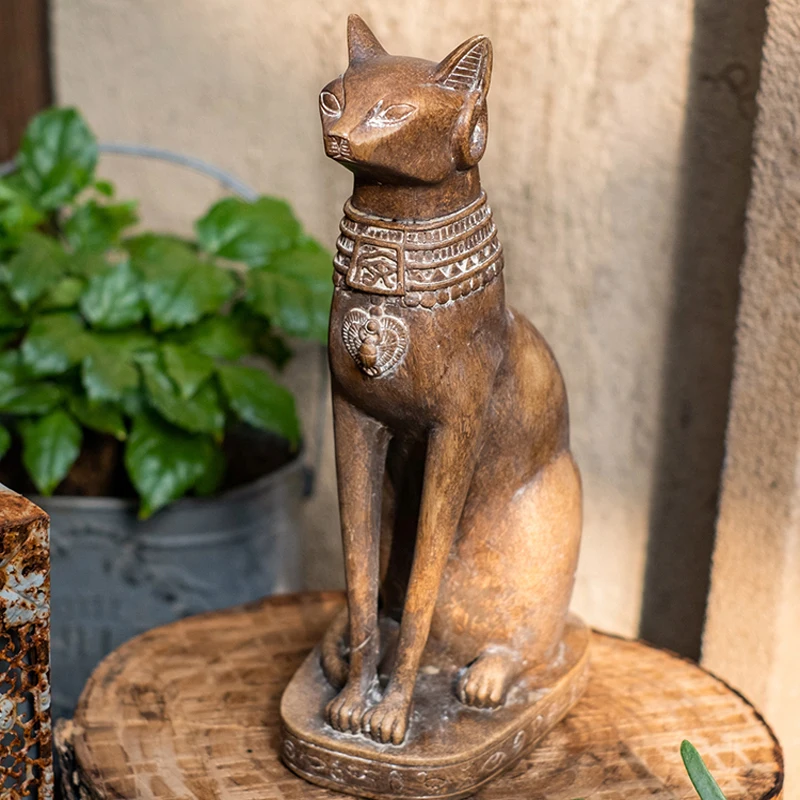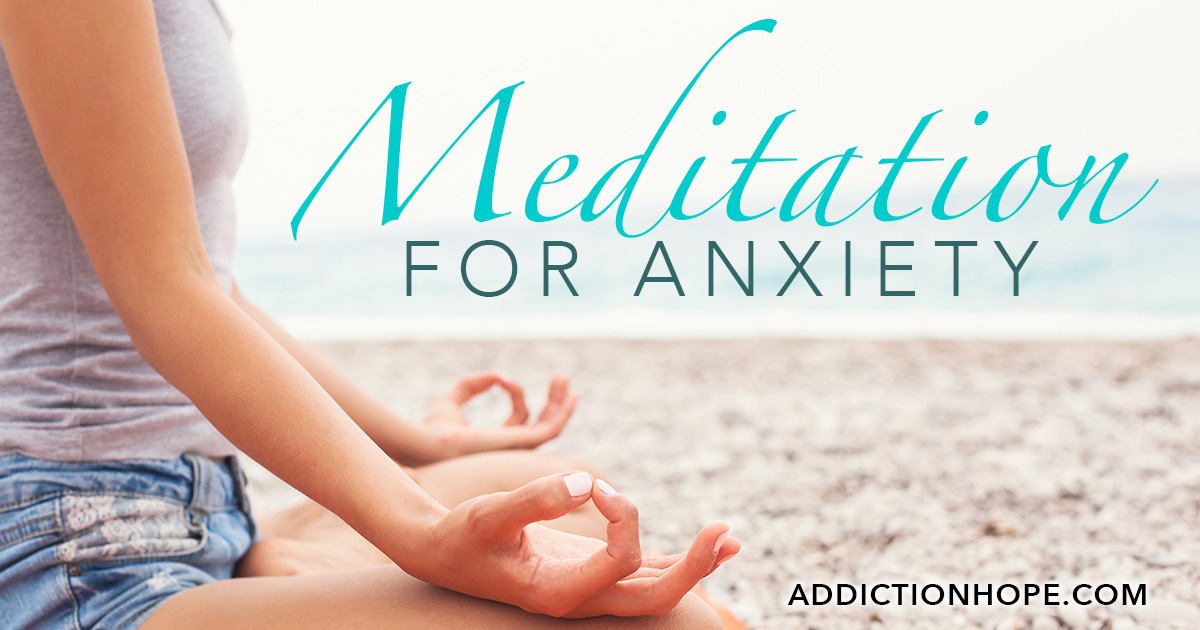Meditation for Anxiety,Anxiety is a prevalent mental health condition that affects millions of people worldwide. It is characterized by excessive worry, fear, and a sense of unease. The symptoms of anxiety can be debilitating, impacting both the mind and body. Fortunately, there are various strategies and techniques that can help manage anxiety, and one such technique is meditation.
Meditation is a practice that has been around for centuries and is known for its ability to promote relaxation and inner peace. It involves focusing one’s attention and eliminating the stream of thoughts that often contribute to anxiety. By incorporating meditation into your daily routine, you can learn to manage your anxiety more effectively and experience a greater sense of calm.
Contents
- 1 Understanding the Connection Between Meditation for Anxiety
- 2 Benefits of Meditation for Anxiety Management
- 3 How to Prepare Meditation for Anxiety
- 4 Technique 1: Mindful Breathing
- 5 Technique 2: Body Scan Meditation
- 6 Technique 3: Loving-Kindness Meditation
- 7 Technique 4: Visualization Meditation for Anxiety
- 8 Technique 5: Walking Meditation
- 9 Tips for Successful Meditation Practice
- 10 Additional Meditation Techniques for Anxiety Management
- 11 FAQs
Key Takeaways
- Meditation can be a helpful tool for managing anxiety.
- Mindful breathing, body scan, loving-kindness, visualization, and walking meditation are all effective techniques for anxiety relief.
- Meditation can help reduce symptoms of anxiety by calming the mind and body.
- Preparing for meditation by finding a quiet space and setting intentions can enhance the experience.
- Guided meditations tailored to specific types of anxiety, such as panic attacks or social anxiety, can be particularly helpful.
Understanding the Connection Between Meditation for Anxiety
Anxiety affects both the mind and body. It can lead to racing thoughts, increased heart rate, muscle tension, and a sense of restlessness. The constant worry and fear associated with anxiety can be overwhelming and interfere with daily life. However, research has shown that meditation can have a profound impact on anxiety symptoms.
Meditation works by activating the body’s relaxation response, which counteracts the stress response triggered by anxiety. It helps calm the mind, reduce racing thoughts, and promote a sense of inner peace. By practicing meditation regularly, individuals with anxiety can learn to better manage their symptoms and experience a greater sense of well-being.
Benefits of Meditation for Anxiety Management
Numerous studies have explored the benefits of meditation for anxiety management. Research has consistently shown that regular meditation practice can lead to reduced stress levels, improved emotional regulation, and enhanced overall well-being.
One study published in the Journal of Clinical Psychology found that individuals who practiced mindfulness meditation experienced significant reductions in anxiety symptoms compared to those who did not meditate. Another study conducted at Harvard Medical School found that mindfulness meditation was effective in reducing symptoms of generalized anxiety disorder.
In addition to reducing anxiety symptoms, meditation has also been shown to improve emotional regulation. It helps individuals become more aware of their thoughts and emotions, allowing them to respond to stressful situations in a more calm and composed manner. This increased emotional resilience can be particularly beneficial for individuals with anxiety.
How to Prepare Meditation for Anxiety
| Step | Description |
| 1 | Find a quiet and comfortable place to sit or lie down. |
| 2 | Set a timer for your desired meditation length. |
| 3 | Close your eyes and take a few deep breaths to relax. |
| 4 | Focus on your breath and try to clear your mind of any thoughts. |
| 5 | If your mind wanders, gently bring your focus back to your breath. |
| 6 | Continue to breathe deeply and focus on your breath for the duration of the meditation. |
| 7 | When the timer goes off, slowly open your eyes and take a few deep breaths before getting up. |
Creating a comfortable meditation space is essential for a successful practice. Find a quiet and peaceful area in your home where you can meditate without distractions. Consider adding elements that promote relaxation, such as soft lighting, comfortable cushions or a meditation chair, and calming scents like lavender or sandalwood.
Finding a time and frequency that works for you is also important. Some people prefer to meditate in the morning to start their day off on a positive note, while others find it helpful to Meditation for Anxiety meditate in the evening to unwind and relax before bed. Experiment with different times and frequencies to find what works best for you.
Setting intentions for your meditation practice can help you stay focused and motivated. Before each session, take a moment to reflect on why you are meditating and what you hope to achieve. Whether it’s reducing anxiety, improving emotional well-being, or simply finding inner peace, setting clear intentions can enhance the effectiveness of your meditation practice.

Technique 1: Mindful Breathing
Mindful breathing is a simple yet powerful technique that can help alleviate Meditation for Anxiety symptoms. To practice mindful breathing, find a comfortable seated position and close your eyes. Take a deep breath in through your nose, allowing your abdomen to expand, and then exhale slowly through your mouth. As you breathe, focus your attention on the sensation of the breath entering and leaving your body.
Mindful breathing helps anchor your attention in the present moment, reducing the tendency to ruminate on anxious thoughts. It promotes relaxation by activating the body’s relaxation response and slowing down the heart rate. By practicing mindful breathing regularly, you can train your mind to stay calm and centered even in the face of Meditation for Anxiety.
Technique 2: Body Scan Meditation
Body scan meditation is another effective technique for managing anxiety. It involves systematically bringing your attention to different parts of your body, noticing any sensations or tension, and then consciously releasing that tension. To practice body scan meditation, find a comfortable lying down position and close your eyes. Start by bringing your attention to your toes and gradually work your way up to the top of your head, paying attention to each body part along the way.
Body scan meditation helps increase body awareness and promotes relaxation by releasing physical tension. It allows you to connect with your body and become more attuned to any areas of stress or discomfort. By regularly practicing body scan meditation, you can learn to release tension and promote a greater sense of physical and mental well-being.
Technique 3: Loving-Kindness Meditation
Loving-kindness meditation is a practice that involves cultivating feelings of love, compassion, and kindness towards oneself and others. To practice loving-kindness meditation, find a comfortable seated position and close your eyes. Begin by silently repeating phrases such as “May I be happy, may I be healthy, may I be safe, may I live with ease.” After directing these phrases towards yourself, extend them to loved ones, acquaintances, and even difficult individuals.
Loving-kindness meditation helps counteract negative self-talk and promotes feelings of self-acceptance and compassion. It can be particularly beneficial for individuals with anxiety who often struggle with self-criticism and self-judgment. By regularly practicing loving-kindness meditation, you can cultivate a greater sense of self-love and acceptance, which can help alleviate Meditation for Anxiety symptoms.
Technique 4: Visualization Meditation for Anxiety
Visualization meditation involves creating mental images that promote relaxation and calmness. To practice visualization meditation, find a comfortable seated position and close your eyes. Imagine yourself in a peaceful and serene environment, such as a beach or a forest. Visualize the sights, sounds, and smells of this place, allowing yourself to fully immerse in the experience.
Visualization meditation helps shift your focus away from anxious thoughts and towards positive and calming imagery. It engages the imagination and activates the relaxation response, promoting a sense of tranquility. By regularly practicing visualization meditation, you can train your mind to create a mental sanctuary that you can access whenever anxiety arises.
Technique 5: Walking Meditation
Walking meditation is a form of Meditation for Anxiety that involves bringing mindfulness to the act of walking. To practice walking meditation, find a quiet and peaceful outdoor space where you can walk without distractions. Begin by taking a few deep breaths to center yourself. As you walk, pay attention to the sensation of your feet touching the ground, the movement of your body, and the sounds and sights around you.
Walking meditation combines the benefits of physical exercise with mindfulness practice. It helps ground your attention in the present moment and promotes a sense of calmness and clarity. By incorporating walking meditation into your routine, you can experience the benefits of meditation while enjoying the outdoors.
Tips for Successful Meditation Practice
While meditation can be highly beneficial for anxiety management, it can also be challenging at times. Here are some tips to help you overcome common obstacles and maintain a successful meditation practice:
1. Start small: Begin with just a few minutes of meditation each day and gradually increase the duration as you become more comfortable.
2. Be consistent: Establish a regular meditation routine by setting aside specific times each day for practice. Consistency is key to experiencing the full benefits of meditation.
3. Be patient: Meditation is a skill that takes time to develop. Be patient with yourself and avoid placing unrealistic expectations on your progress.
4. Let go of judgment: It’s natural for thoughts to arise during meditation. Instead of judging or criticizing yourself for having thoughts, simply acknowledge them and gently bring your attention back to your meditation object.
5. Seek guidance: If you’re new to meditation or struggling with your practice, consider seeking guidance from a meditation teacher or using guided meditation apps or recordings.
Additional Meditation Techniques for Anxiety Management
In addition to the techniques discussed above, there are several other meditation practices that can be beneficial for managing anxiety:
– Panic attack meditation: This technique involves practicing mindfulness during a panic attack, focusing on the sensations in the body and allowing the panic to pass without resistance.
– Mindfulness Meditation for Anxiety for stress: Mindfulness meditation involves bringing non-judgmental awareness to the present moment. By practicing mindfulness, individuals with anxiety can learn to observe their thoughts and emotions without getting caught up in them.
– Guided meditation for social anxiety: Guided meditations specifically designed for social anxiety can help individuals navigate social situations with greater ease and confidence. These meditations often focus on cultivating self-compassion and reducing self-consciousness.
Meditation is a powerful tool for managing anxiety and promoting overall well-being. By incorporating meditation into your daily routine, you can experience reduced stress levels, improved emotional regulation, and a greater sense of calmness. The techniques discussed in this article, such as mindful breathing, body scan meditation, loving-kindness meditation, visualization meditation, and walking meditation, can all be effective in alleviating anxiety symptoms.
Remember to create a comfortable meditation space, find a time and frequency that works for you, and set clear intentions for your practice. Be patient with yourself and stay consistent with your Meditation for Anxiety routine. If you’re new to Meditation for Anxiety or struggling with your practice, seek guidance from a teacher or use guided meditations to help you get started.
In conclusion, don’t hesitate to explore the benefits of meditation for anxiety management. By incorporating these techniques into your daily life, you can cultivate a greater sense of calmness, resilience, and well-being.

FAQs
What is meditation?
Meditation is a practice that involves training the mind to focus and achieve a state of calmness and relaxation. It is often used as a tool to reduce stress and anxiety.
What are the benefits of meditation?
Meditation has been shown to have numerous benefits, including reducing stress and Meditation for Anxiety, improving sleep, increasing focus and concentration, and promoting overall well-being.
What are some simple meditation techniques?
Some simple meditation techniques include deep breathing, body scan Meditation for Anxiety, visualization, mantra meditation, and mindfulness meditation.
How can meditation help manage anxiety?
Meditation can help manage Meditation for Anxiety by promoting relaxation and reducing stress levels. It can also help individuals become more aware of their thoughts and emotions, allowing them to better manage and control them.
Do I need any special equipment to meditate?
No, you do not need any special equipment to meditate. However, some people find it helpful to use a meditation cushion or mat to sit on, or to use calming music or guided meditations.
To Read More About Meditation for Anxiety
To Read About 5 Minute Meditation










